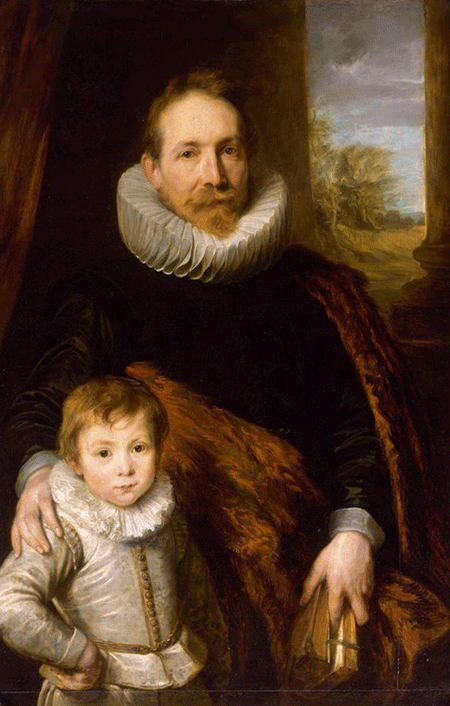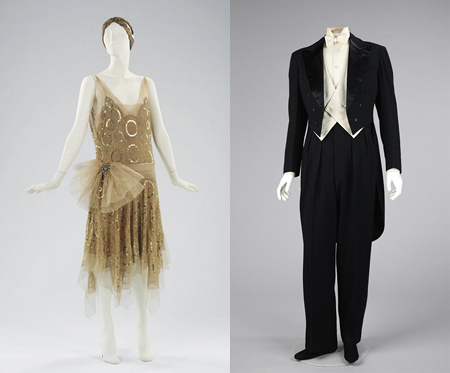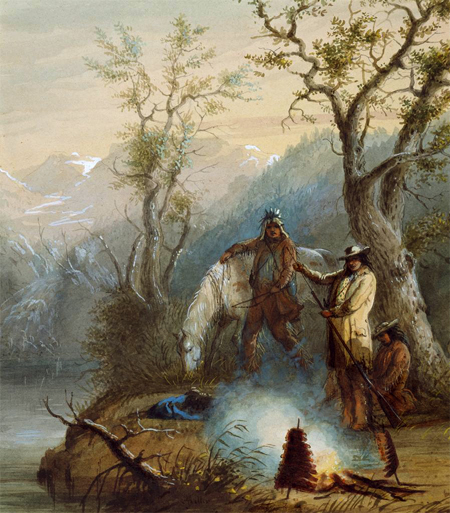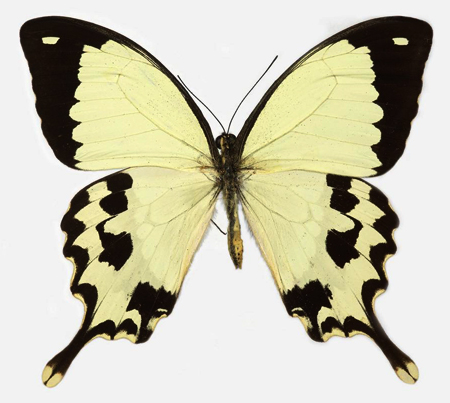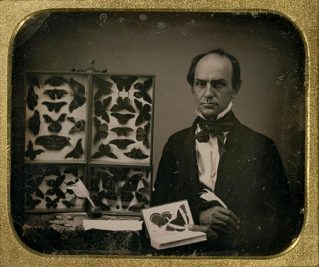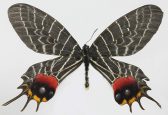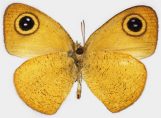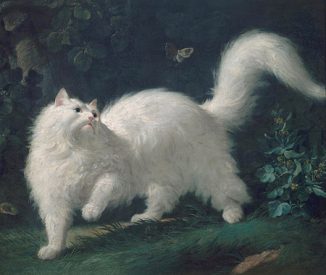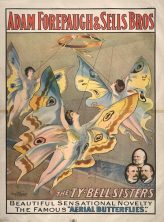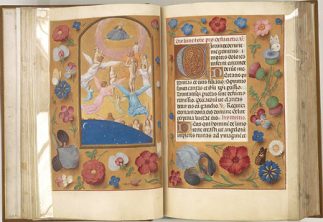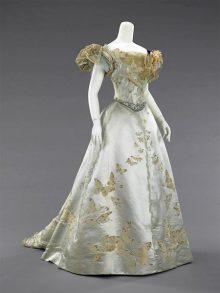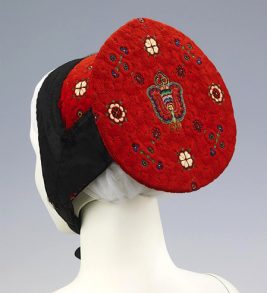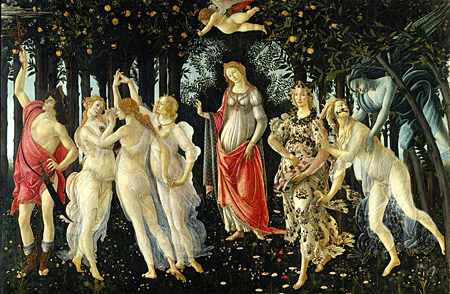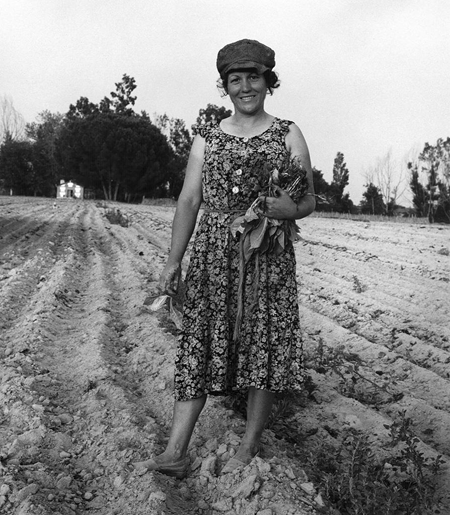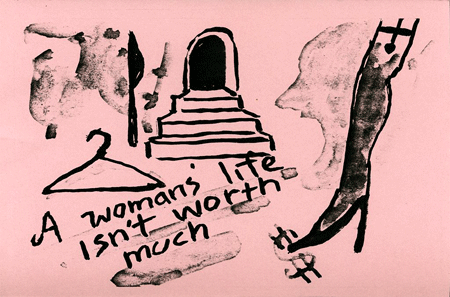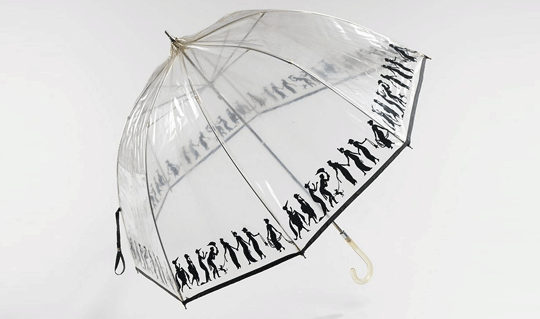
Bergdorf Goodman | Umbrella; 1974 | Brooklyn Museum Costume Collection at the Metropolitan Museum of Art | Image © Metropolitan Museum of Art | Original data from the Brooklyn Museum
Lately in New York (and plenty of other places too), it seems to rain more often than not, and we would be lost without our umbrellas and our rain boots. On June 7, the first tropical storm of this season—whose lilting name Andrea belied her punch—dumped four inches of rain on the city, doubling the record for that day in 1918. Mayor Bloomberg is calling for billions of dollars to shore us up against future events like Andrea, or worse, Sandy.
While we acknowledge the hard truth of climate change, we invite you to pause, take shelter, and consider the upside of rain.
